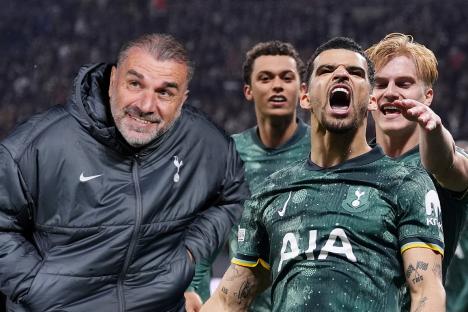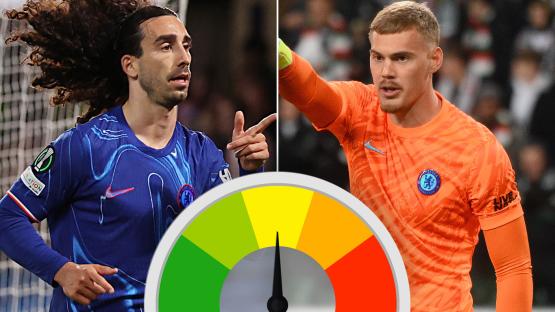ENGLAND’s badge is one of the most unique in international football.
The iconic Three Lions and ten red roses feature on this summer’s World Cup strip, along with a star representing the 1966 win on home turf.
Why do England have Three Lions on their badge?
ENGLAND are representatives of the Football Association – and therefore use their emblem on their shirts.
That happens to be the Three Lions crest and was first used in 1872 when England played Scotland in the first ever international.
The lion is a huge part of English history and can be traced back to the time of King Henry I and Richard the Lionheart.
Banners sporting three golden lions were ridden into battle by Richard and every monarch following him has them on their Royal Coat of Arms.
When the FA was formed the crest was designed to show that heritage – and has been a feature of England jerseys ever since.
Because it is officially a royal emblem, the FA had to ask permission to use it with the team.
You will notice that the crest also features 10 red roses and some believe that they hark back to the War of the Roses between Yorkshire and Lancashire.
Has the badge always been the same?
THERE has been just one major change in the last 146 years.
The England cricket team share the same badge and the two were difficult to differentiate between.
Before 1949 the football version had crowns on the lions, but these were removed.
Otherwise, the design – save for a few cosmetic differences – has remained since 1872.




